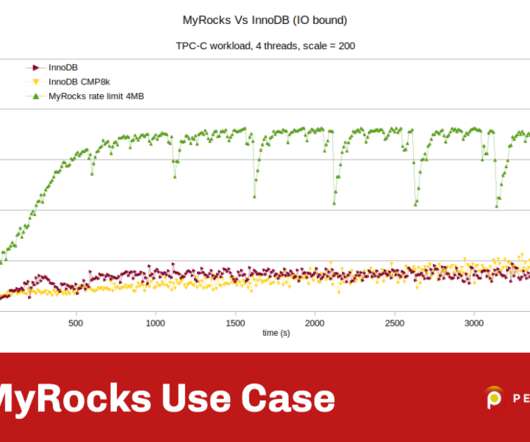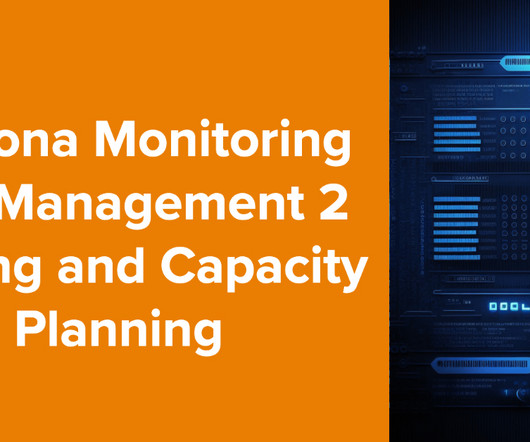View from Nutanix storage during Postgres DB benchmark
n0derunner
JUNE 28, 2019
The Linux VM running postgres has two virtual disks – one taking transaction log writes. Since the DB is small (50% the size of the Linux RAM) – the database is mostly cached on the read side – so we only see writes going to the DB files. In this example from prior post.






















Let's personalize your content